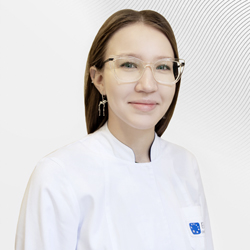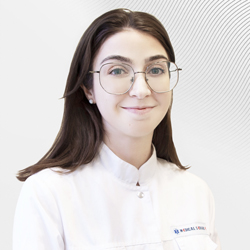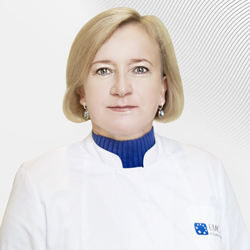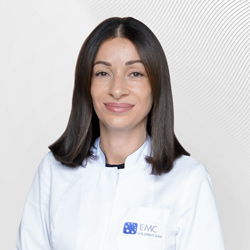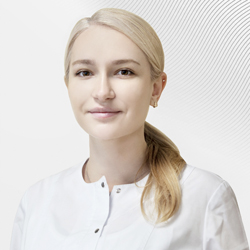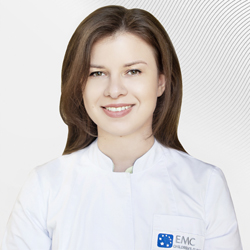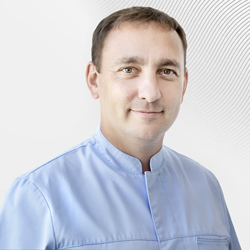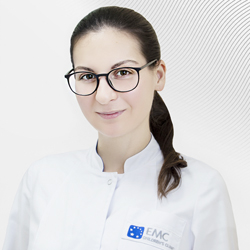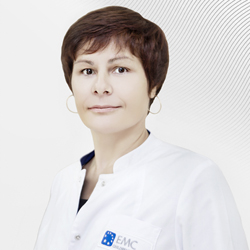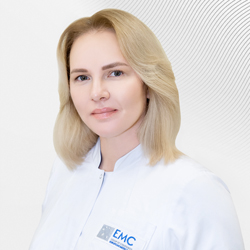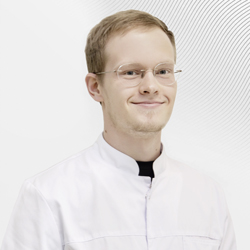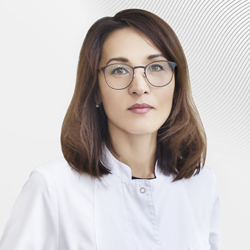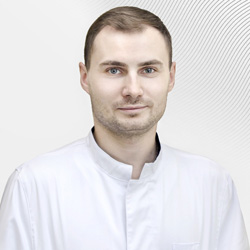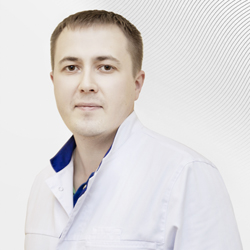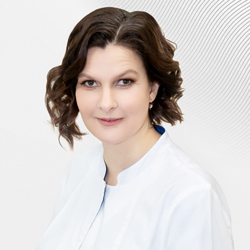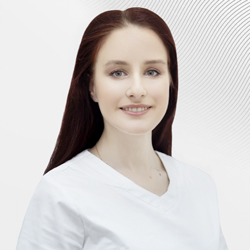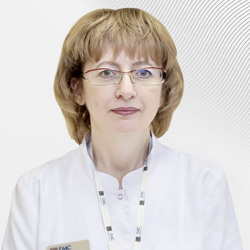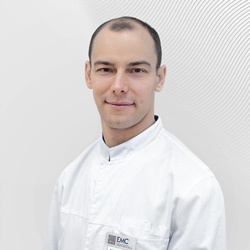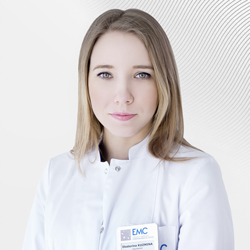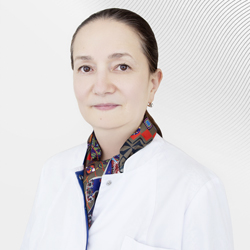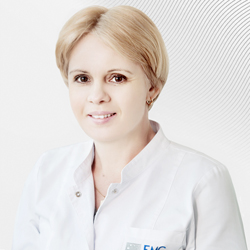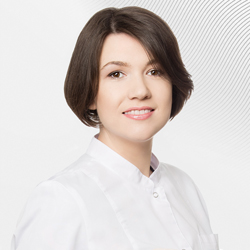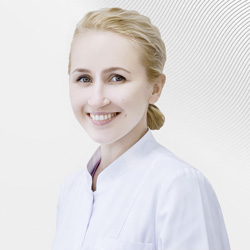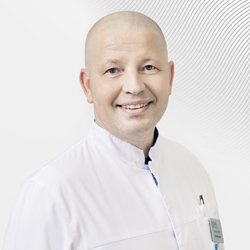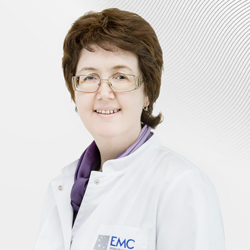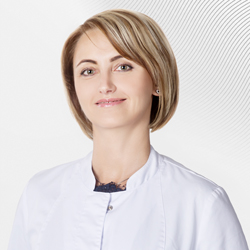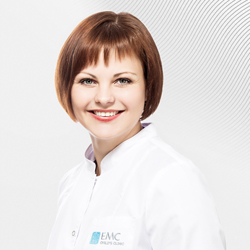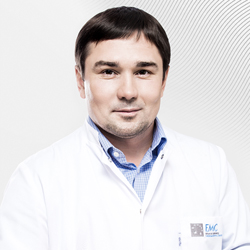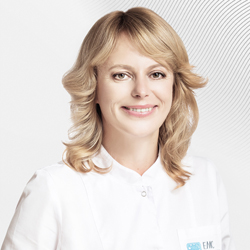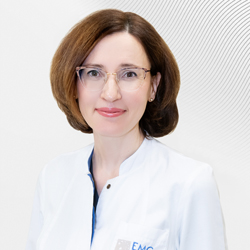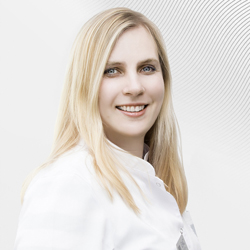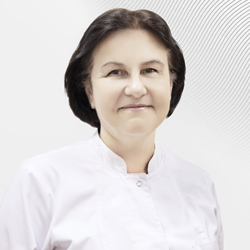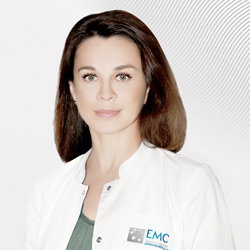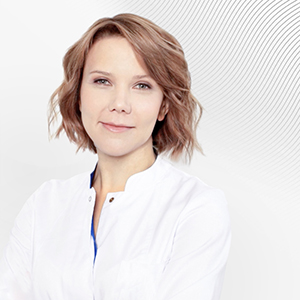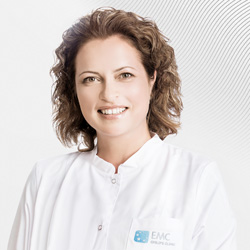There are sometimes disorders with a newborn baby’s tear glands. Natalia Bochat, an ophthalmologist and eye surgeon at the European Medical Center talked about how this can happen in an article in the magazine Shape Mama.
In the inner corner of the eye, around the lower eyelid, there is a tiny opening which is called the “lacrimal point”. This is where tears go through. The lacrimal sac is supported by negative pressure, which allows fluid to flow from the eyes. Fluid enters the lacrimal duct via the lacrimal point and flows freely into the nasal cavity. This is why when we cry we always have a runny nose. This reaction shows that the lacrimal duct is functioning correctly.
If there are no tears
Lacrimal obstruction often occurs in breastfeeding children. This is caused by a congenital defect – an obstruction in the nasolacrimal duct. This tiny duct has a membrane which is supposed to break of its own accord as a child is born. However, in some babies, especially those born prematurely, the membrane does not manage to break naturally. These children are normally restless and prone to tantrums and their eyelids sometimes become stuck together and turn red. There is evidence that nasolacrimal obstruction is more common in boys.
A child’s tear function must be restored as quickly as possible. Tears play a very important role – they keep the eyes moist and free of infection. Tear congestion causes inflammation of the mucous membrane of the eyes and the lacrimal duct and any inflammation, especially in the head area, is dangerous to a baby’s health. Do not try to resolve the problem by wetting a baby’s eyes with chamomile or tea. You should seek medical advice immediately.
Massage
A special massage will help to restore a normal flow of tears in a baby. Carefully massage the area just below the small raised section on the inner corner of the eye. Do not apply excessive pressure. The procedure should be carried out for 1-2 minutes and 10 times a day. The massage puts pressure on the fluid collected in the lacrimal duct and helps the membrane to break, allowing tears to flow. In most cases this procedure helps. If within 3-4 days the tear function is not restored, the doctor will recommend an operation – bougienage.
Operation
Bougienage is performed under local anaesthetic. During the operation the doctor uses a bougie (a very thin metal rod) to break through the membrane and pass the instrument through the entire nasolacrimal duct, sometimes via the nose. After this procedure follows a compulsory course of antibiotics, which are administered via eye drops. This is done in order to reduce inflammation and eliminate the possibility of infection. If this is not carried out, an abscess may develop on the lacrimal sac, which is dangerous for a baby’s health. Furthermore, if this abscess reaches an advanced stage it will require a more complex surgical operation followed by plastic surgery on the nasolacrimal duct.
If the doctor’s orders are strictly observed, then the problem will be completely gone in one month’s time.
This problem usually occurs in 30% of newborn children and by the age of 6-9 months passes of its own accord in the majority of cases. The most important thing for parents to do if the problem occurs is to prevent infections from happening, or minimise the risk of possible inflammation. In order to do so they need to follow the doctor’s advice and not forget about massage, which is a very simple and effective way of dealing with the problem. Bougienage is only required in 2-3% of cases. Modern medicine makes this operation painless and effective even for the very youngest of patients.

 Write to WhatsApp
Write to WhatsApp
